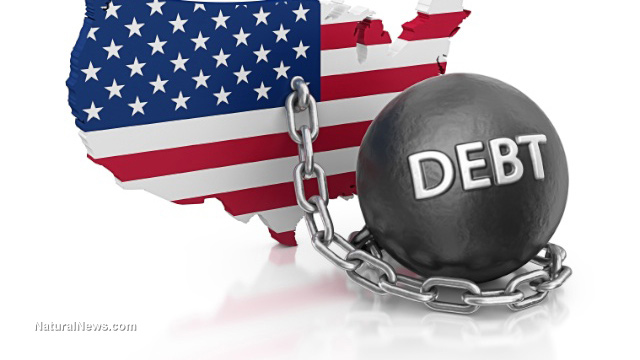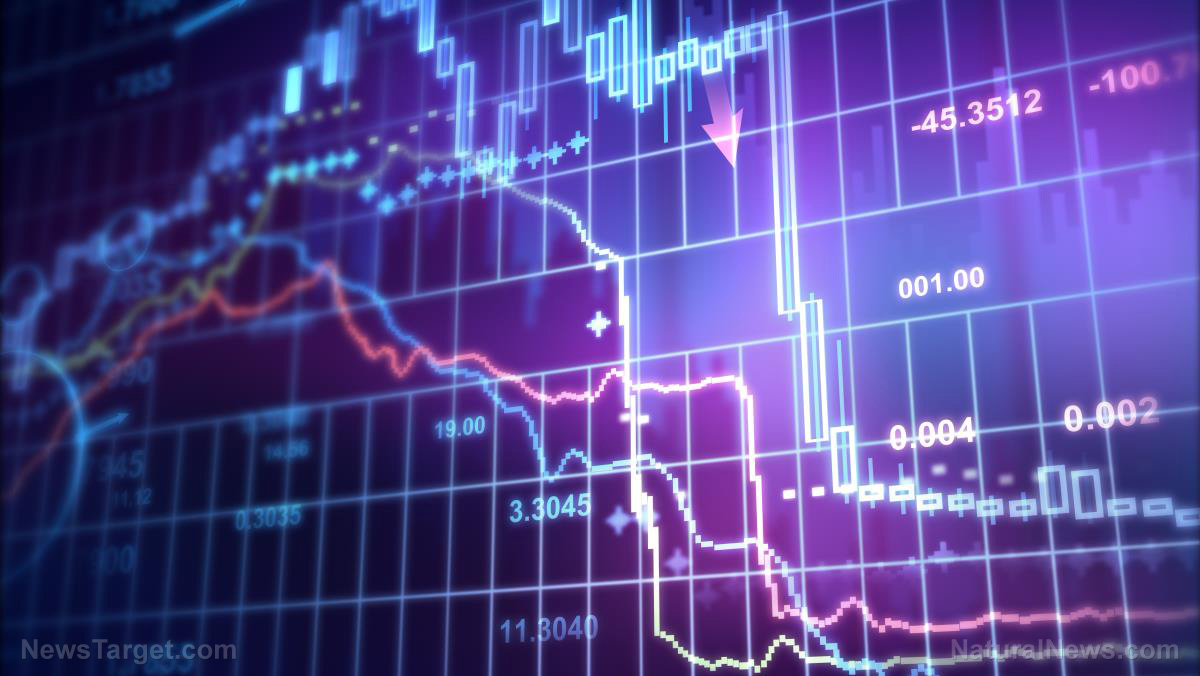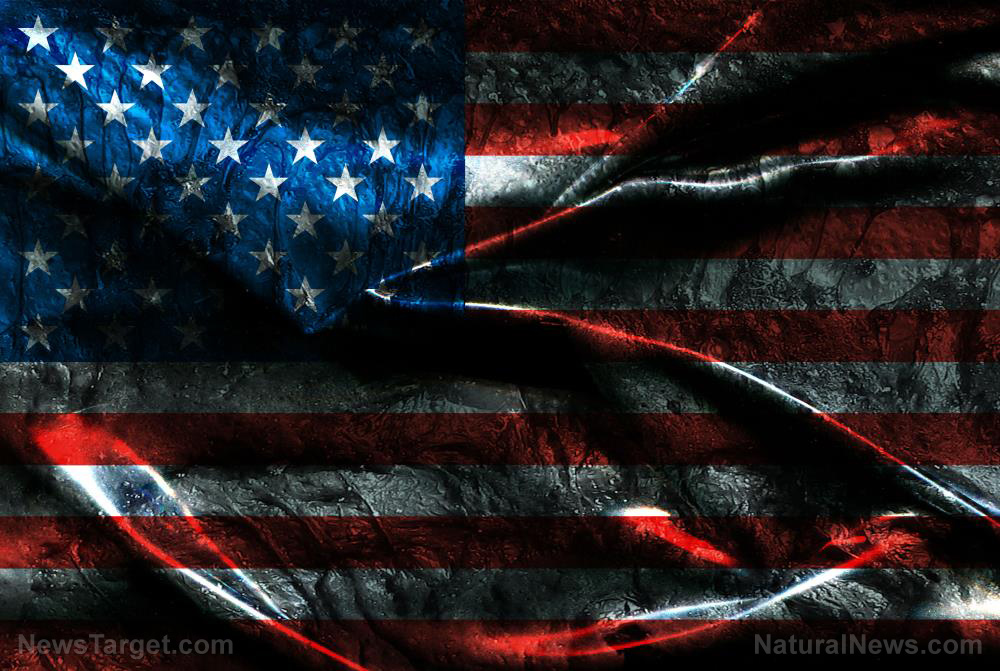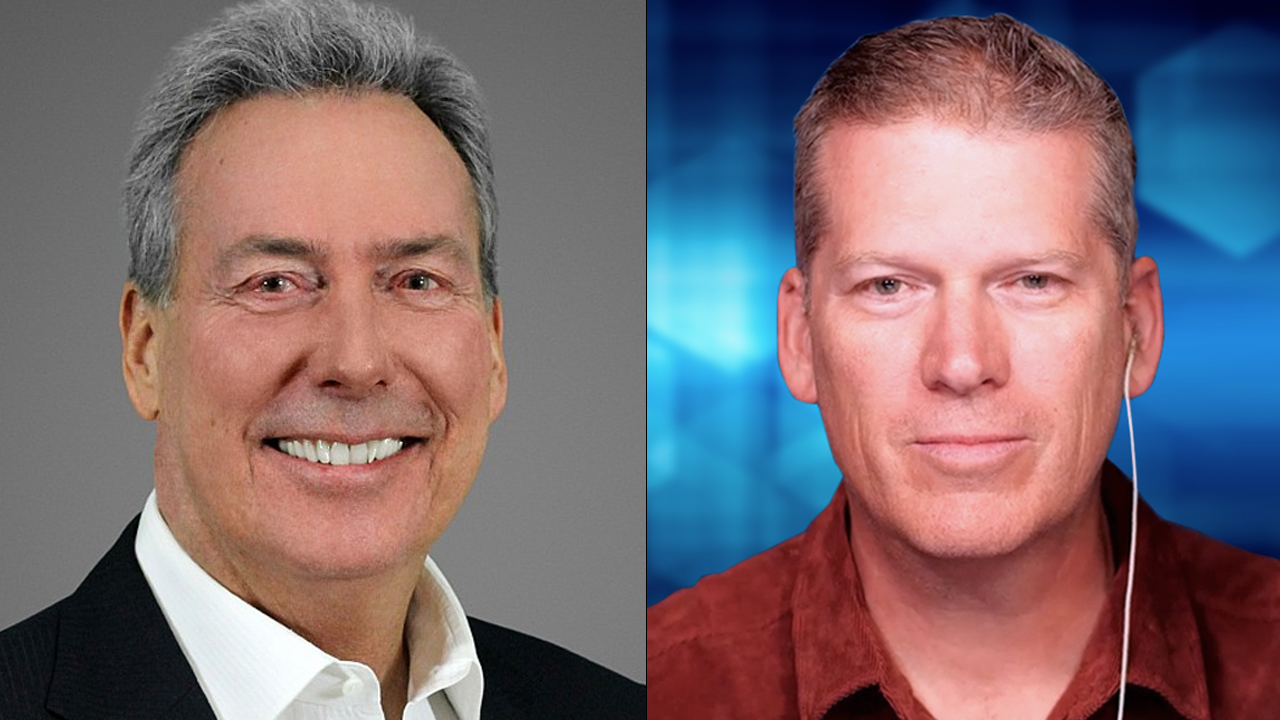Fed survey shows BANKING CRISIS raises concerns over stability of US financial system
05/17/2023 / By Belle Carter
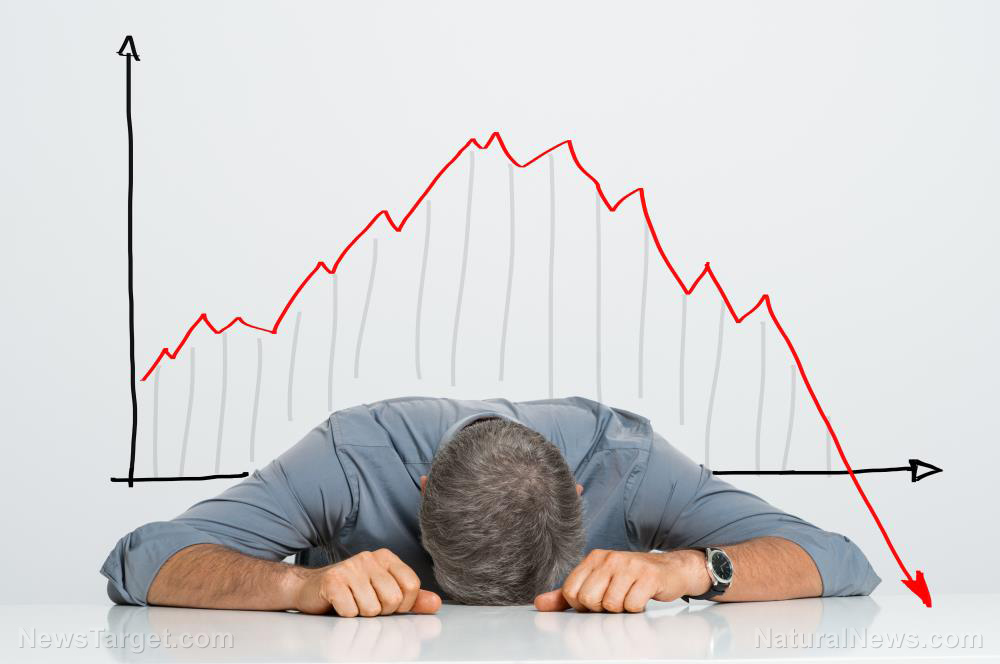
The latest Federal Reserve survey on major risks to the economy has found that the stress brought about by the recent troubles in the banking sector came up as a major concern among market analysts, business leaders, academics and researchers with regard to the stability of the U.S. financial system.
“Despite decisive actions by the Federal Reserve, the FDIC [Federal Deposit Insurance Corporation], and the U.S. Department of the Treasury, concerns about the economic outlook, credit quality and funding liquidity could lead banks and other financial institutions to further contract the supply of credit to the economy” the survey report stated. “A sharp contraction in the availability of credit would drive up the cost of funding for businesses and households, potentially resulting in a slowdown in economic activity.”
The said financial institutions crashed because of their over-reliance on uninsured deposits, poor risk management and their failure to account for the risks of rising interest rates. The survey respondents now recognize these hazards that may trigger broader panic.
The Fed’s biannual poll further cited the uncertainty tied to rising interest rates in other countries, geopolitical tensions and the possibility of America defaulting on its debt.
According to experts, inflation may have soared over the past year, but they are mostly worried about issues in midsize banks, especially in the wake of the Silicon Valley Bank (SVB) and Signature Bank collapses, which triggered financial stability panic. Just a few weeks ago, deal regulators orchestrated for JPMorgan Chase to acquire First Republic Bank. All over the country, small businesses are feeling banks pull back on lending, hampering their ability to invest and plan for the future. (Related: Another one bites the dust: Investors warn of more economic pain after failure of First Republic Bank.)
Analysts commented on how much it is needed for bank investors, managers, boards and regulators to find more flexible and imaginative ways to spot risks that may bubble up suddenly from changes in the trading environment.
On May 8, another Fed survey on bank lending practices emphasized how lenders should tighten loan standards even more in the near future, including for commercial real estate loans. “Banks most frequently cited an expected deterioration in the credit quality of their loan portfolios and in customers’ collateral values, a reduction in risk tolerance, and concerns about bank funding costs, bank liquidity position, and deposit outflows as reasons for expecting to tighten lending standards over the rest of 2023,” the survey said.
Expert: Powerful central banks created the banking crisis
Financial regulators have been assuring the public that the banking sector is strong despite the obviously weakening system. In fact, Fed Chair Jerome H. Powell said conditions in the banking sector have “broadly improved” since regulators launched a major rescue campaign to stave off broader contagion, adding that “we’re committed to learning the right lessons from this episode.”
The statement came right after the Fed raised interest rates again earlier this month.
Central bank leaders, such as Powell, have repeatedly said that the “number one job” is to achieve price stability by keeping inflation low and stable. Unfortunately, America continues to experience both punishing inflation rates and high-interest rates.
According to Richard Werner, a banking expert who pioneered quantitative easing, the Fed and other central bank decision-makers are to be blamed as they were largely responsible even for the Great Inflation of the 1970s. They adopted “easy money” policies in order to finance massive national budget deficits. Yet this inflationary behavior went unnoticed by most observers amid discussions of conflict, rising energy prices, unemployment and many other challenges.
“Most worryingly, despite these failings, the world’s central banks were able to continue unchecked on a path toward the unprecedented powers they now hold. Indeed, the painful 1970s and subsequent financial crises have been repeatedly used as arguments for even greater independence and less oversight of the world’s central banking activities,” he said.
Werner added that when the establishment of the Fed was proposed more than a century ago, it was sold to Congress as the solution to this vulnerability in retail banking. In that case the Fed did not lend to some 10,000 banks in the 1930s, letting them fail, and this time around it did not lend to SVB until it was closed and taken over.
Visit Collapse.news and read more about the collapsing banking system.
Watch the video below that talks about the global banking system’s instability.
This video is from the BlissGold channel on Brighteon.com.
More related stories:
Sources include:
Submit a correction >>
Tagged Under:
banking crisis, banking sector, big government, Bubble, chaos, Collapse, debt collapse, deception, economic riot, financial stability, Inflation, interest rate hike, market crash, money supply, panic, pensions, risk, Signature Bank, Silicon Valley Bank, survey, uninsured deposits
This article may contain statements that reflect the opinion of the author
Get independent news alerts on natural cures, food lab tests, cannabis medicine, science, robotics, drones, privacy and more from NewsTarget.com
Get independent news alerts on natural cures, food lab tests, cannabis medicine, science, robotics, drones, privacy and more from NewsTarget.com
RECENT NEWS & ARTICLES
COPYRIGHT © 2017 DEBT COLLAPSE NEWS

